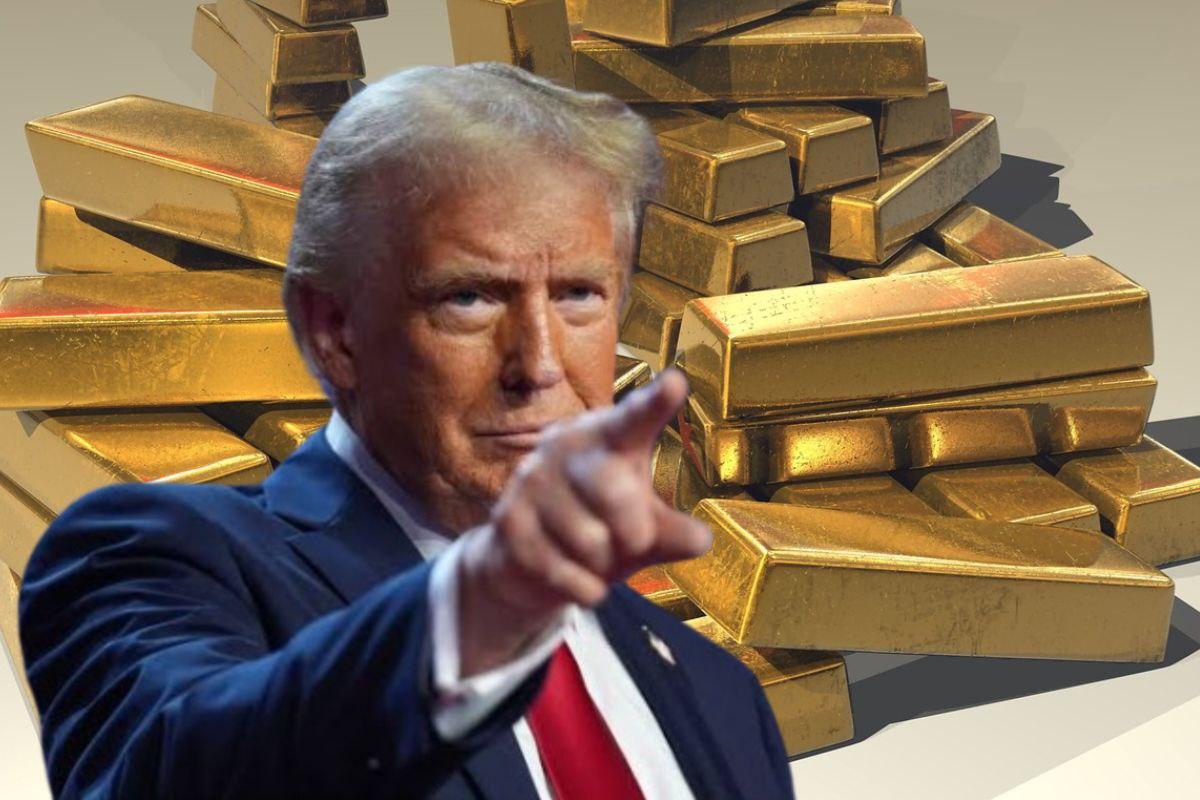
For decades, rumors and speculation have swirled around one of America’s most iconic and highly guarded locations — Fort Knox. Is it still filled with the massive gold reserves the U.S. government claims? Or has it all been a carefully managed illusion? That mystery may soon be solved as the United States prepares for the most transparent and comprehensive audit of its gold reserves in modern history.
A bill called the Gold Reserve Transparency Act of 2025 has been introduced in the U.S. Congress. Spearheaded by Republican Congressman Thomas Massie, the bill seeks to uncover the truth behind America’s gold holdings by mandating a full-scale audit of the nation’s reserves — something that hasn't been comprehensively done for decades.
The proposed legislation directs the U.S. Comptroller General to work with the Government Accountability Office (GAO) to assess, verify, and audit all the gold claimed by the U.S. government. This includes reserves held in what are known as “deep storage” locations, with Fort Knox being the most significant of them all.
If passed, the audit must be completed within one year of the bill becoming law. The bill also requires that such audits occur every five years going forward. The scope of the audit is extensive — it will investigate the exact amount of gold held, the security measures in place, and whether any of the gold has been leased, swapped, or pledged in any way. The bill also calls for a detailed review of all gold transactions over the past 50 years, including purchases, sales, or transfers. It even demands disclosure of all gold holdings — both domestic and international.
But why now?
The demand for transparency has intensified recently. In February 2025, President Donald Trump announced that his administration would review the country’s gold reserves. Around the same time, Elon Musk — who had a temporary advisory role in the Department of Justice and Energy (DOJE) — took to social media platform X to raise public doubts about how much gold truly sits inside Fort Knox.
Despite reassurances from U.S. Treasury Secretary Scott Benset that annual audits are already conducted, experts argue that those checks have not involved any detailed public assessment or full-scale physical verification in decades.
As of now, the U.S. claims to hold approximately 8133 metric tons of gold. Fort Knox alone supposedly houses around 147 million troy ounces — close to 4000 tons. At the official rate the U.S. still uses, gold is valued at $42.22 per ounce — a figure set back in 1973. This contrasts sharply with current market prices, which hover around $3460 per ounce as of mid-2025. Based on market value, the U.S. gold reserve would be worth approximately $682 billion or ₹56 lakh crore.
So, the questions multiply: Why hasn’t the U.S. updated the valuation of its gold reserves? Is the old pricing method just a relic of the Bretton Woods era, or is there a deeper reason behind maintaining this outdated rate? Especially considering that gold prices have surged 125% in the last two years, with a 50% increase just in the past year alone.
The timing is also critical. Central banks and investors worldwide are increasingly shifting away from the U.S. dollar and turning to gold as a hedge. In such a scenario, maintaining global trust in America’s gold holdings is not just a domestic issue but a matter of international economic credibility.
This isn't just an audit — it’s a test of the integrity of one of the world's most powerful economies. If the audit uncovers any inconsistencies or if the gold isn’t all accounted for, it could have massive implications on the dollar’s value, the global gold market, and economic stability worldwide.
Disclaimer:
The information provided in this article is for informational and educational purposes only. It is based on publicly available reports, legislative developments, and expert commentary as of June 2025. This article does not constitute financial, investment, or legal advice. Readers are encouraged to do their own research and consult with professional advisors before making any decisions related to gold investments, U.S. monetary policy, or related financial matters. The views expressed here do not necessarily reflect those of any government agency or official.




